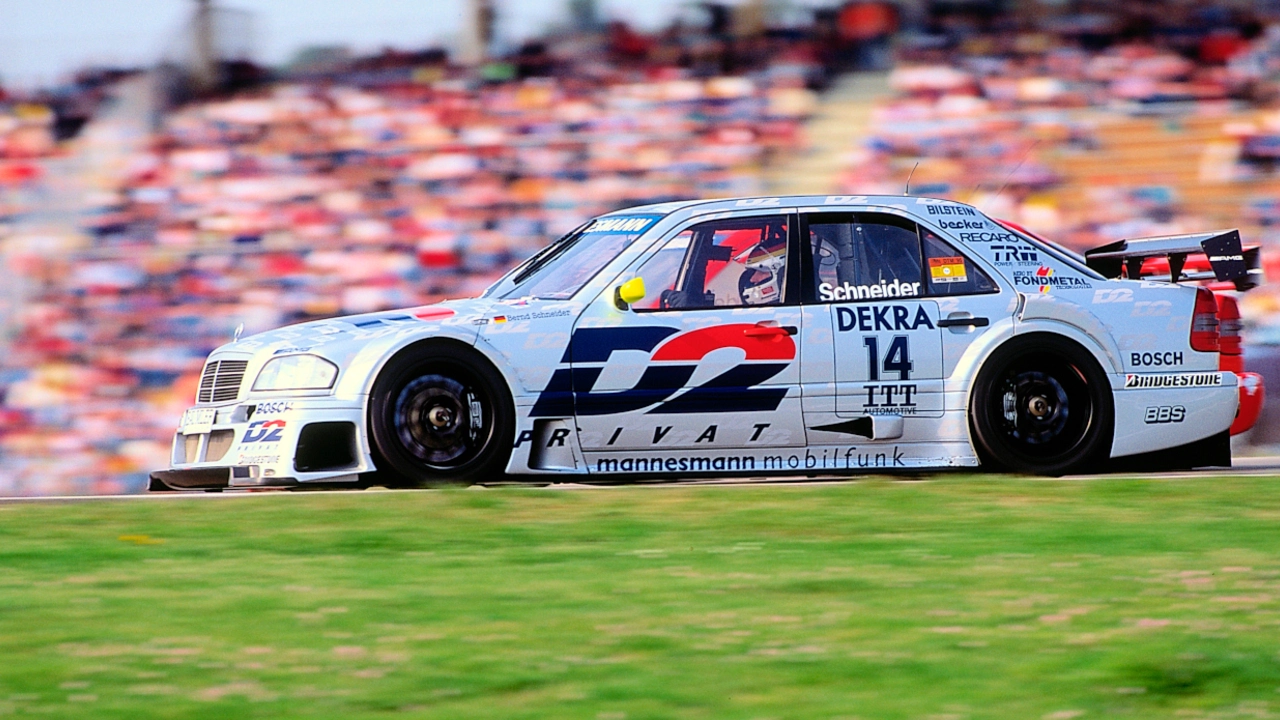History of Motorsport Bike Loans
Ever wonder how riders used to get the cash for their dream bikes? It didn’t start with instant online approvals. Back in the day, riders relied on personal savings, family help, or quirky local lenders. Over time, the finance world caught on, and a whole niche of bike loans grew. Understanding that evolution helps you see why today’s options are both flexible and competitive.
From Early Racing Roots to Modern Finance
Early motorbike racing was a hobby for a few brave souls who could afford a decent machine. Those early racers bought bikes outright, often paying cash after a single race win. As the sport grew, clubs formed and racing became more organized. This created a demand for bigger, faster bikes and, consequently, bigger price tags. Local garages began offering simple payment plans, usually a few months with high interest.
When banks noticed a steady stream of riders looking for cash, they stepped in with formal loan products. The first bike‑specific loans were basic: fixed rates, short terms, and a lot of paperwork. Still, they gave riders a chance to spread the cost over a year or two, making high‑performance bikes more reachable.
Fast forward to the internet age, and everything changed. Online calculators, quick credit checks, and instant approvals mean you can compare offers in minutes. This shift also brought more competition, driving down interest rates and adding perks like flexible repayment schedules.
Key Moments That Shaped Bike Loans
One big turning point was the introduction of specialist finance companies focused just on motorsports. These firms understood the value of a bike’s resale market and offered loans based on future resale potential instead of just credit scores. That opened doors for younger riders with solid riding skills but limited credit history.
Another milestone came when manufacturers partnered with lenders to offer dealer‑direct financing. Suddenly, you could walk into a showroom, pick a bike, and leave with a loan approval on the spot. This convenience pushed loan amounts higher, allowing more riders to afford top‑tier models.
Regulatory changes in the late 2010s also helped. New rules forced lenders to be transparent about fees and APR, making it easier for riders to compare offers. Clearer terms reduced hidden costs and built trust, encouraging more people to consider financing instead of waiting years to save.
Today, you’ll find loan products that cater to every rider—whether you’re a student buying a commuter bike or a seasoned racer looking for a superbike. Some lenders even tailor loans around race calendars, offering payment breaks during off‑season periods.
Looking back at posts tagged “history” on our site, you’ll see how topics like low centre of gravity in racing cars or the evolution of race tracks tie into the broader story of motorsport development. Each technical advance sparked a new demand for better equipment, which in turn drove financing innovations.
Understanding this history isn’t just trivia—it helps you pick the right loan. If a lender emphasizes speed and flexibility, they’re likely building on the specialist‑finance model. If they stress transparency, they’re following the newer regulatory trends.
So, whether you’re hunting for a loan for a weekend track bike or a full‑time racing machine, remember that today’s options are the result of decades of trial, error, and market evolution. Use that knowledge to ask the right questions and secure the best deal for your riding goals.
